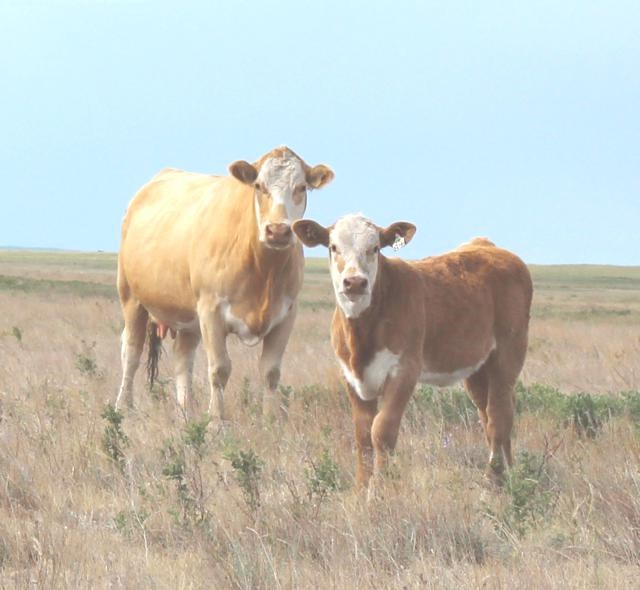Ranchers across the province are still reeling from the news of 200 cows and calves dying after drinking water with high salt concentrations in a community pasture near Chaplin on July 7.
Dr. Betty Althouse, chief veterinary officer with the province who was made the point person for this issue, reported on preliminary results three days later. The early days of the investigation headed up by the Animal Protection Services of Saskatchewan showed dehydration caused by concentrated salts in the water. But the definitive results released a week later shocked everyone.
It was reported that the water showed over 24,000 milligrams per litre of sulphate after testing. Dr. Althouse noted that this would be comparable to drinking seawater. Sulphate concentrations over 1,000 milligrams per litre can cause brain swelling in cattle and levels over 7,000 milligrams will lead to death.
Agriculture officials are now warning cattle producers to test their water sources and to keep a sharp watch on their herds. The high temperatures are suspected in playing a contributing role in spoiling the water through high evaporation.
The dead cattle with an estimated value of $300,000 were grazing on a 23,700-acre pasture containing 1,500 head of cattle run by Shamrock Grazing. Eight cattle owners were affected.
With temperatures soaring in southern Saskatchewan, the Assiniboia Times asked Dr. Althouse what producers can do to keep their cattle safe. This incident begs the question – won’t cattle avoid drinking salty water. She noted that cattle can’t always tell by tasting. They may tolerate drinking slightly salty water as well. The effects won’t show up until later. She cautions producers to test all of their pasture water sources and to make more than one water source available. She stresses the importance of providing good quality water sources.
So how much water do cattle need daily? The National Research Council has determined that daily water needs vary according to the class of beef cattle, their physiological state and thermal requirements. In cold weather cattle will consume less. But in the extremely high temperatures currently being experienced in the south, all classes of cattle will be consuming substantially more water. In moderate temperatures yearlings can consume as much water as a herd bull.
At a temperature of 32.2 C, the daily water intake of a herd bull is approximately 78 litres, lactating cows would consumer about 61.3 litres, 12-month old feeders and replacements would drink an estimated 78 litres per day. Feeders and replacements between 7 to 11 months would consumer between about 56.8 litres, and feeders and replacements younger than six months would take in about 48.1 litres. Multiply these figures over the size of the herd and this adds up to a sizeable volume. Â
Althouse provides some helpful advice for producers about taking care of cattle in extreme temperature conditions. Producers should ensure that cattle have access to good water sources.
The Beef Code of Practice advises producers to check water quality. This recent incident at the Shamrock pastures serves as a cautionary tale to test more often if conditions exist for water quality to change. They also caution to be on the look out for blue green algae blooms in hot weather that can produce a toxin that is harmful to cattle.




